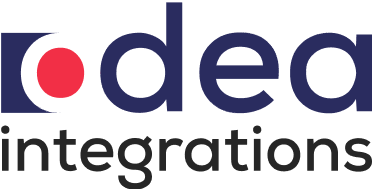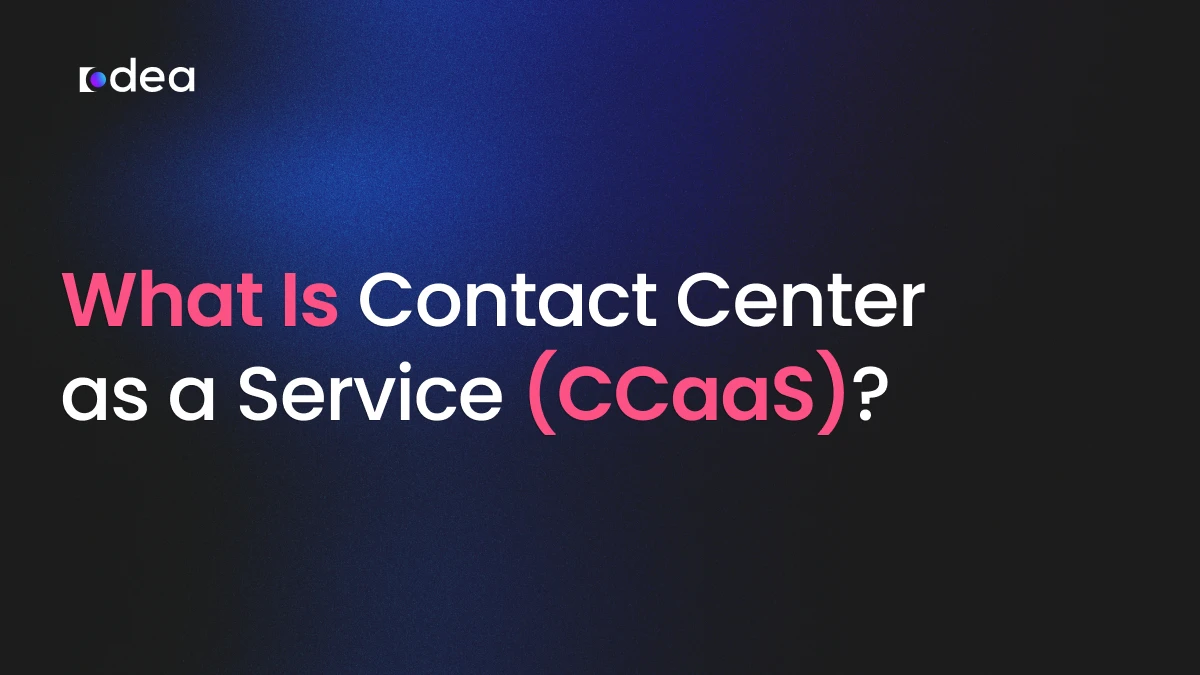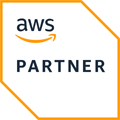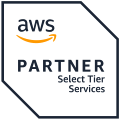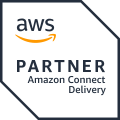In the fast-paced business landscape of today, customer engagement is undergoing a transformation. Traditional contact centers, which rely on on-premises hardware and infrastructure, are increasingly becoming obsolete. With the rise of digital tools and cloud technologies, businesses are looking for more efficient and cost-effective solutions to engage with their customers. This is where Contact Center as a Service (CCaaS) comes into play—a cloud-based service model that allows companies to manage customer interactions through a subscription-based solution. By leveraging this model, businesses can significantly reduce the complexities and costs of maintaining on-premises contact centers while offering scalable and flexible services.
What is CCaaS?
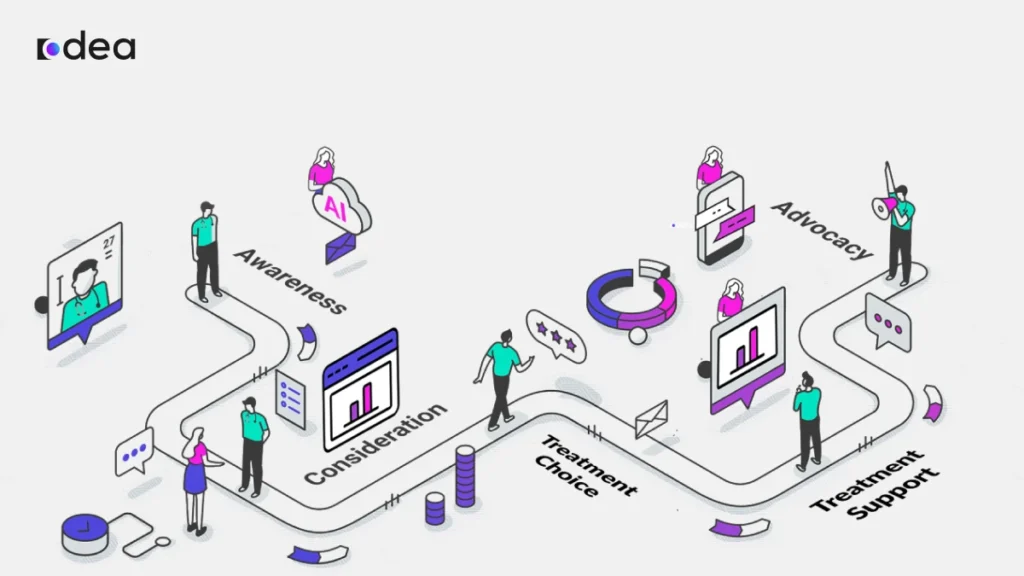
Have you ever wondered how CCaaS could transform your customer service operations? Let’s explore how this cloud-based platform can help businesses manage customer interactions in real-time.
It allows companies to provide support across various communication channels such as voice calls, email, live chat, social media, and SMS. Cloud contact center integration enables businesses to seamlessly handle interactions across multiple platforms, increasing efficiency and enhancing service quality.
Key features of CCaaS include:
- Call Routing: Automatically directs customer queries to the appropriate agent or department, reducing wait times and improving response efficiency.
- Analytics and Reporting: Provides businesses with real-time insights into agent performance and customer satisfaction, helping to make informed decisions.
- Workforce Management: Optimizes agent scheduling and performance, ensuring that businesses can respond to customer inquiries in a timely and efficient manner.
- CRM Integration: Syncs with existing customer relationship management systems, allowing businesses to deliver more personalized service.
Imagine a solution that not only saves you money but also enhances efficiency and flexibility in your customer service. Could CCaaS be the answer to your business needs?
By offering a pay-per-use model, businesses avoid upfront capital expenditures on hardware and infrastructure, making it an appealing option for organizations of all sizes.
However, transitioning to a cloud-based contact center does come with challenges. To learn more about these challenges and how to overcome them, check out The Hidden Challenges of Cloud Contact Center Implementation and How to Tackle Them.
Traditional Contact Centers vs. CCaaS
The traditional model of on-premises contact centers typically requires substantial investment in hardware, software, and dedicated physical space. This infrastructure must be maintained and updated regularly, which can become a costly and time-consuming process. Furthermore, traditional contact centers may struggle to adapt to evolving customer needs and technological advancements.
In contrast, CCaaS is a cloud-based solution that eliminates the need for physical infrastructure. Instead of investing in servers and other hardware, businesses simply subscribe to a CCaaS platform and use the provider’s resources. This subscription model not only reduces costs but also provides access to cutting-edge technology and updates without the hassle of manual installations or upgrades. To learn more about Cloud Contact Center Services, visit: Odea Integrations.
CCaaS platforms offer:
- Scalability: Businesses can easily increase or decrease their service capacity based on demand. This flexibility ensures that resources are used efficiently and cost-effectively.
- Rapid Deployment: CCaaS platforms can be deployed in a matter of days, enabling businesses to quickly respond to changing needs and market conditions.
- Continuous Updates: Unlike on-premises systems, CCaaS platforms are continuously updated with new features, security patches, and enhancements, ensuring businesses stay ahead of the curve.
Moreover, traditional contact centers often require dedicated IT teams for maintenance and troubleshooting. With CCaaS, all the hardware and software management is handled by the service provider, allowing businesses to focus more on delivering exceptional customer experiences.
How CCaaS Works

CCaaS operates entirely in the cloud, and businesses access it through the internet. This allows customer service teams to work from anywhere, supporting both remote and in-office agents. The platform provides multi-channel communication, enabling businesses to engage with customers on their preferred channels—be it voice calls, chat, social media, or email.
One of the main advantages of CCaaS is its cloud infrastructure, which allows for rapid deployment and ensures scalability. Businesses only pay for the resources they use, avoiding the need for significant upfront investment.
Amazon Connect Solutions – Cloud Contact Center (CCaaS) is one of the leading solutions in the market, offering businesses an intuitive, scalable, and flexible way to manage customer interactions. With Amazon Connect, businesses can benefit from seamless integrations, robust reporting capabilities, and artificial intelligence features, enhancing the overall customer service experience.
Additionally, cloud-based solutions offer:
- Automatic Updates: Businesses automatically receive the latest features, security enhancements, and bug fixes.
- Advanced Security:
Take for example, a financial services company that implemented CCaaS. By doing so, they not only ensured full compliance with GDPR but also minimized the risk of data breaches, gaining the trust of their customers. - AI Integration: Many CCaaS solutions integrate artificial intelligence (AI) and machine learning (ML) technologies to enhance service delivery. These technologies power features like predictive analytics, chatbots, and automated workflows, helping businesses improve efficiency and customer satisfaction.
Key Features of CCaaS

CCaaS platforms provide several key features to enhance the customer experience and streamline business operations:
- Multichannel Communication: One of the most important features of CCaaS is its ability to manage customer interactions across multiple channels. Businesses can communicate with customers via phone, email, chat, and social media, ensuring a seamless experience across all touchpoints.
- Analytics and Reporting: With real-time analytics, businesses can track key metrics such as call wait times, agent performance, and customer satisfaction. Historical reports provide insights into long-term trends, while predictive analytics help businesses forecast future customer needs.
- CRM Integration: CCaaS platforms seamlessly integrate with customer relationship management systems like Salesforce or Microsoft Dynamics, allowing agents to access relevant customer data during interactions. This enables more personalized and efficient service.
- Workforce Management: CCaaS offers workforce optimization tools for scheduling, forecasting, and performance management. These tools help businesses ensure they have the right number of agents available at the right time, improving efficiency and reducing customer wait times.
Benefits of CCaaS
For instance, a retail company that adopted CCaaS saw a 30% decrease in response time, leading to significantly higher customer satisfaction rates:
- Cost Efficiency: Traditional contact centers require significant capital investment in hardware and software. CCaaS, on the other hand, offers a subscription-based model, reducing upfront costs and ongoing maintenance expenses. The pay-per-use model ensures businesses only pay for what they need.
- Scalability and Flexibility: Picture this: no matter how your business grows, CCaaS scales effortlessly with you, allowing you to adjust your workforce in real-time to meet customer demands.
This scalability also supports remote work, giving businesses the flexibility to adapt to evolving customer service demands. - Enhanced Customer Experience: CCaaS provides businesses with powerful tools to personalize customer interactions. With integrated customer data and advanced call routing capabilities, businesses can offer quicker, more tailored responses, improving overall customer satisfaction.
- Improved Agent Productivity: A customer service center for a telecommunications company noticed a 25% increase in agent productivity after switching to a CCaaS solution that provided real-time performance analytics and automated responses for frequently asked questions.
Key Components of CCaaS Solution
- Multichannel Communication: CCaaS solutions allow businesses to interact with customers through multiple channels—phone, chat, email, and social media. This flexibility ensures that customers can reach businesses through their preferred method, leading to improved satisfaction.
- Advanced Analytics: Real-time and predictive analytics help businesses understand customer behavior and make data-driven decisions. These insights allow businesses to identify trends, anticipate future customer needs, and optimize operations.
- AI and Automation: Many CCaaS platforms integrate AI-powered tools like chatbots, virtual assistants, and predictive routing. These tools help businesses streamline operations, reduce agent workloads, and improve response times.
- CRM and Third-Party Integrations: Integration with CRM systems and other third-party tools ensures that businesses can offer a personalized customer experience. For example, integrating a CCaaS platform with a CRM system like Salesforce allows agents to access customer history and preferences during interactions, leading to better service.
Future Developments
What if you could stay ahead of your competitors with the latest advancements in AI, machine learning, and IoT? As the CCaaS market evolves, the possibilities for your business will be endless.
These advancements will allow businesses to offer even more personalized customer experiences, improve operational efficiency, and stay competitive in an ever-changing marketplace.
Steps to Successfully Implement CCaaS
- Assessment and Planning: Evaluate your current infrastructure, define your business goals, and create a migration plan that outlines the steps, timelines, and resources needed for a successful implementation.
- Design and Strategy: Design a cloud architecture that meets your business’s needs. Choose a provider that aligns with your performance, security, and scalability requirements.
- Testing and Optimization: After implementation, test the system to ensure everything is working as expected. Continuously optimize the platform for performance and cost-efficiency.
- Training and Support: Train your team on the new system and ensure that ongoing support is available to address any issues or questions that arise after deployment.
Conclusion
CCaaS isn’t just a technical upgrade—it’s a complete shift in how businesses connect with their customers. From reducing costs and scaling effortlessly to creating memorable customer experiences and boosting agent morale, CCaaS empowers your team to do more with less. It’s not just about efficiency—it’s about building lasting relationships with every interaction.
As customer expectations rise, staying ahead means delivering service that feels fast, personal, and effortless. CCaaS helps you meet those expectations, and even exceed them, by transforming every touchpoint into an opportunity to impress.
At Odea Integration, we don’t just implement technology—we partner with you to build smarter, more human customer experiences. Our team is ready to help you seamlessly integrate CCaaS with your existing systems, so you can focus on what truly matters: your customers.
Ready to reimagine your customer service? Let’s make it happen—connect with Odea Integration today and unlock the full potential of CCaaS. Your customers will feel the difference.
